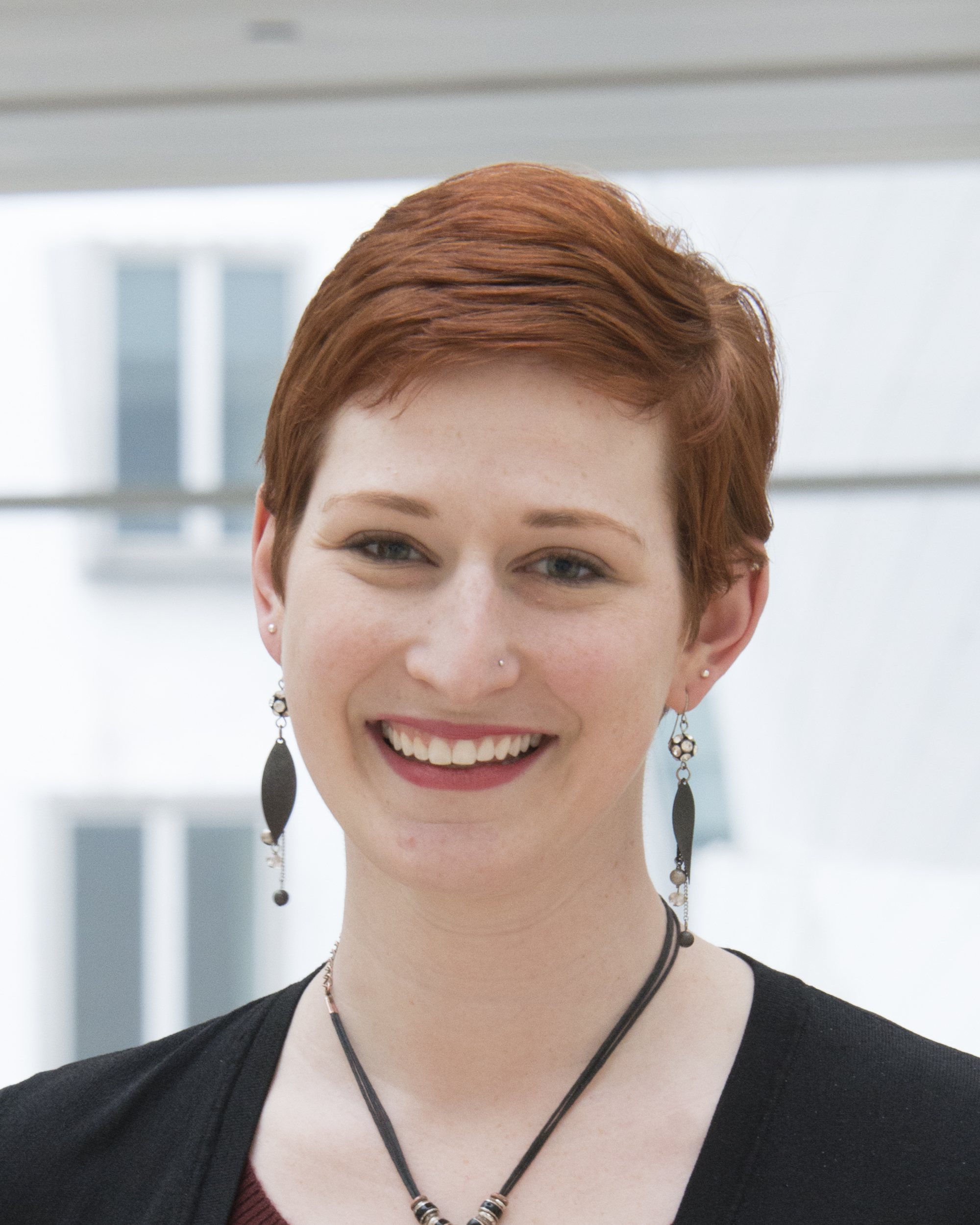
Environmental influences on the neural basis of language and reading development
Description
Children’s environments early in life can have a profound influence on brain development, which provides the foundation for language and cognition. These environments include broad, distant factors such as one’s socioeconomic status (SES), as well as more immediate influences, such as how many words a parent speaks to a child. In this thesis, I describe two studies investigating specific brain-environment relationships, progressing from distal to proximal influences on children’s language and literacy development. The first study (chapter 2) examines how SES relates to reading and cortical structure in 6-9 year-old children with reading disability (RD), before and after an intensive summer intervention. At baseline, SES was correlated with children’s vocabulary and cortical thickness in bilateral perisylvian and supramarginal regions. Furthermore, SES uniquely predicted reading improvement and cortical growth, with lower-SES children exhibiting the greatest behavioral and neuroanatomical changes. These findings contribute to the literature on socioeconomic effects on neuroanatomy and neuroplasticity by investigating these relationships in a developmentally atypical population. The second study (chapters 2 and 3) explores how the real-world language exposure of younger children (ages 4-6 years) relates to their oral language skills and both structural and functional brain development, independent of SES. While the sheer amount of adult speech was unrelated to neural measures, the amount of adult-child conversational turns was strongly related to Broca’s area activation during language processing, as well as the coherence of left hemisphere white matter tracts connecting Broca’s area to auditory regions. Both neural measures in turn predicted children’s verbal skills, suggesting that conversational experience impacts language development via these neural mechanisms. This is the first evidence directly relating children’s immediate language environments with brain development. The combined results of both studies expand on the well-documented socioeconomic differences in linguistic skill (the “achievement gap”) and concomitant brain development and suggest that these differences may arise as a result of variance in children’s interactive language experiences early in life. Implications for social, educational, and clinical practices are discussed.
Speaker Bio
Rachel R. Romeo, MSc CF-SLP is a PhD candidate in the Harvard Program in Speech and Hearing Bioscience and Technology, currently completing her dissertation research in the lab of John D.E. Gabrieli at MIT. She is also a Clinical Fellow in Speech Language Pathology, having completed her training at the MGH Institute for Health Professions. She obtained her MSc in Language Sciences from University College London as a Fulbright and Thouron Fellow, and her BA in Psychology and Linguistics from the University of Pennsylvania. Her research focuses on sociodemographic and environmental contributions to the neural and cognitive basis of children's language development.

